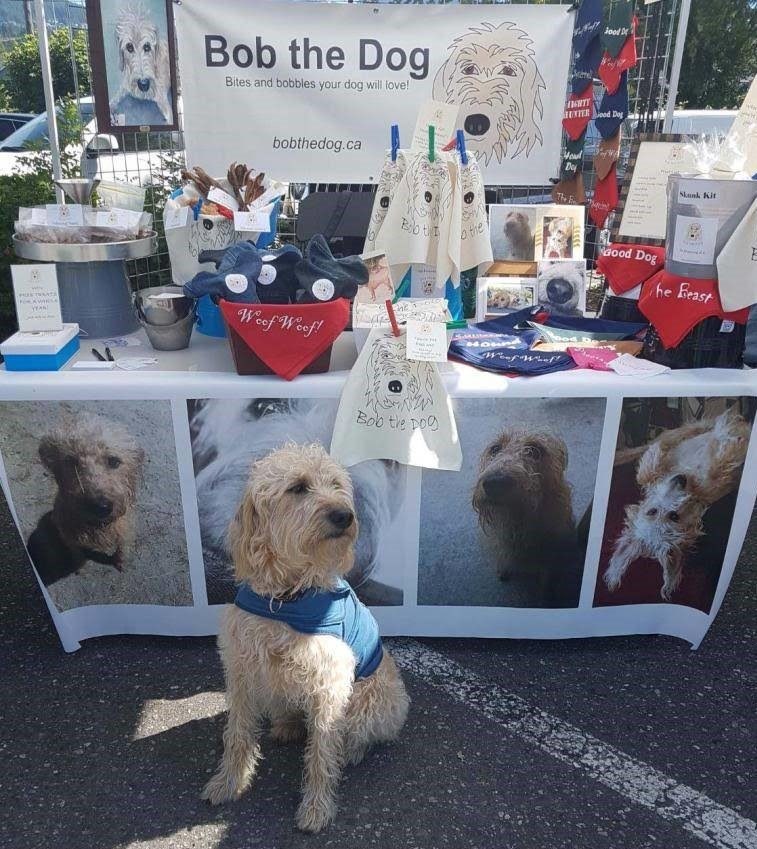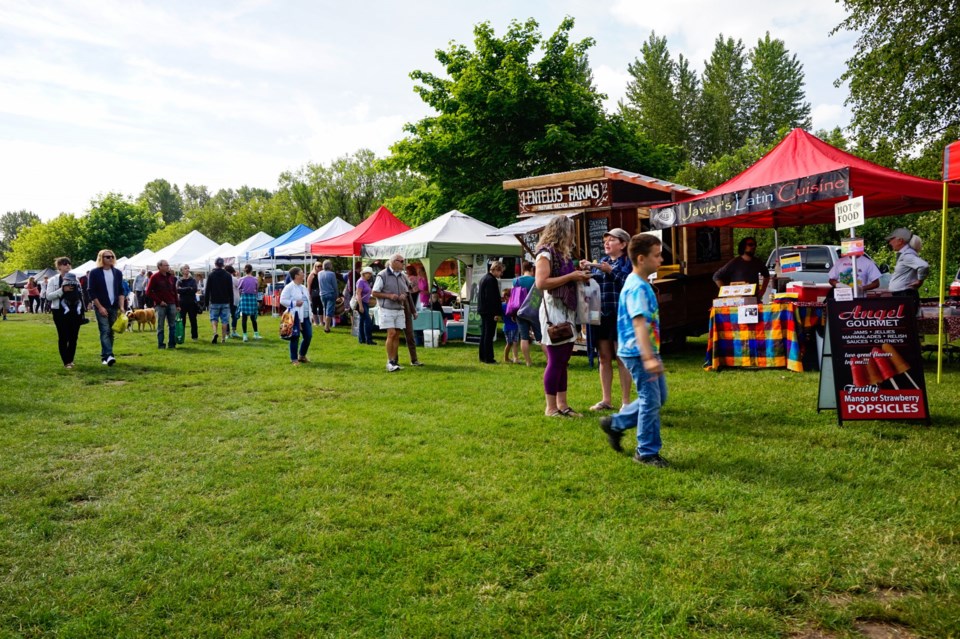To say that small businesses have been dealt an impossible hand this year is an understatement. For example, restaurant owners were told to close indoor dining with less than a day’s notice; many had just placed large grocery orders for the week.
Last year, in the early months of the pandemic, artisans selling products deemed non-essential were barred from farmer’s markets from April to the end of June 2020. Carra Hodgson, owner of the CBD pet treat company Bob the Dog, said that though she had been preparing for a normal market season and was left with a lot of product and fewer spots to sell them, “we’re all in this together (still) ran true.”

In a normal year, Hodgson said she would be at between 80 to 90 markets. Last year, because of the reduced months and extra spacing required between booths, that has been reduced to 39. Another health order blocked sales at markets in December, when most artisans rely on Christmas sales.
This year, crafters and artisans were told that even though malls and non-essential boutiques are open, they would be barred from holding booths at farmers markets. This was because craft markets were considered more socially-based (some have entertainment-style vendors), meaning they qualified as an event.
Hodgson focused her attention on boosting her website sales, and working to bolster her company’s online presence. At the time, she was “A little bit concerned and definitely frustrated.”
Then at the end of March, public health officials lifted the restriction, saying crafters and artisans would be allowed to sell their products again. So the scramble began, creating enough product to stock market tables. But with cases rising again and more restrictions in place for restaurants, there’s no guarantee the current rules will stand, and that crafters and non-food vendors will be allowed at local farmers markets.
To support herself, Hodgson has taken on part-time jobs on the side, and has rebounded as well as she could – but says knowing how much inventory to stock and guessing how and where she’ll be able to sell feels like an impossible game.
Hodgson isn’t alone. There are so many artisans and restaurant owners left exhausted and feeling like they’re playing a never-ending game of cat and mouse. While there are some options to sell online, both these industries rely heavily on the experience of touching, feeling, and smelling products to make sales.
There might not be a simple answer, but for small business owners and local crafters and artisans, consistency in regulations would allow for better inventory planning and could help regain some sanity – and sales.
Ada Slivinski is the Founder & Principal of Jam PR, a boutique agency focused on helping small businesses get big exposure. You can reach her at [email protected]
SWIM ON:
- Ada Slivinski last wrote this pandemic has pushed the industry to the very brink. If it’s going to make it to the other side, government needs to step in.
- Last May, Jody Vance took note that farmers’ markets were still open, and more crucial than ever.
- "Buttergate" is more than yet another dragged-out news story, says Sylvain Charlebois, but compromises the farmer-consumer contract.



